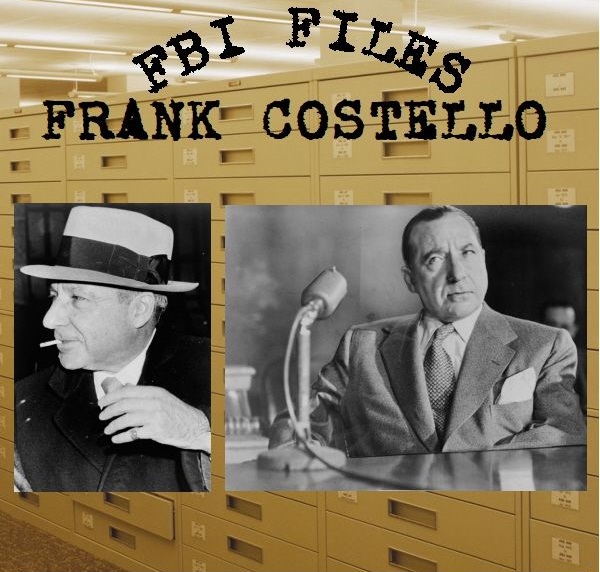
Description
Frank Costello: Rise and Fall in Organized Crime
Timeline of Main Events:
- 1891: Francesco Castiglia (later Frank Costello) is born in Calabria, Italy.
- 1895: Francesco Castiglia immigrates to the United States.
- Circa 1904: At the age of thirteen, Francesco Castiglia assumes the name Frank Costello and becomes a member and later the leader of the 104th Street Gang.
- Circa 1915: At the age of twenty-four, Frank Costello is sentenced to one year in prison for carrying a concealed weapon.
- 1920s: Frank Costello becomes associated with Lucky Luciano and Meyer Lansky. Their business dealings primarily involve bootlegging and gambling. Costello gains a reputation for cultivating relationships with police officers, judges, and politicians, earning him the nickname “Prime Minister of the Underworld.”
- June 1936: Lucky Luciano goes to prison. Frank Costello becomes the acting boss of their organization, with Vito Genovese as underboss.
- Shortly after June 1936: Vito Genovese flees to Italy to avoid prosecution for murder.
- 1935-1972: The timeframe of the FBI files covering Frank Costello.
- 1935: The FBI places a telephone tap on Frank Costello’s apartment telephone.
- 1946: Lucky Luciano is deported to Italy. Vito Genovese returns to the United States.
- Early 1950s: Frank Costello is called before the Kefauver Committee, a Senate committee investigating organized crime. The public attention resulting from this erodes Costello’s status. His raspy voice during the hearings later inspires Marlon Brando’s voice in the film The Godfather.
- 1951-1952: Frank Costello faces investigation and trials for perjury before the Kefauver Committee and for contempt of Congress.
- 1952: Frank Costello is convicted for contempt of Congress. A parole report is created following this conviction.
- April 1954: Frank Costello is found guilty of tax evasion and sentenced to five years in prison.
- 1957: While out on bail, Frank Costello survives an assassination attempt. He is grazed by a bullet to the head. The shooter is believed to be Vincent “The Chin” Gigante, acting on the orders of Vito Genovese. Following the attempt, Genovese declares himself boss. Costello, weakened and facing internal pressure, lets it be known he will step aside for Genovese.
- Late 1950s – Early 1960s: Vito Genovese gradually pushes Frank Costello further away from the organization.
- February 18, 1973: Frank Costello dies of a heart attack.
- FBI Investigations (Ongoing within the 1935-1972 timeframe):Investigation of Costello’s perjury before the Kefauver Committee.
- Investigation in support of having Frank Costello’s citizenship revoked.
- Investigation into the attempted murder of Frank Costello case against Vincent Gigante and Vito Genovese.
Cast of Characters:
- Frank Costello (Francesco Castiglia): Born in Italy in 1891, immigrated to the US in 1895. Rose through the ranks of organized crime, becoming a leader of the 104th Street Gang and later a key figure in bootlegging and gambling alongside Lucky Luciano and Meyer Lansky. Known as the “Prime Minister of the Underworld” for his political connections. Became acting boss after Luciano’s imprisonment but was eventually sidelined by Vito Genovese after surviving an assassination attempt. Died in 1973.
- Lucky Luciano: A major figure in the development of modern organized crime in the United States. Partnered with Frank Costello and Meyer Lansky in bootlegging and gambling during Prohibition. Was imprisoned in 1936 and later deported to Italy in 1946.
- Meyer Lansky: A prominent figure in Jewish organized crime who worked closely with Lucky Luciano and Frank Costello. Instrumental in developing gambling operations.
- Vito Genovese: Initially the underboss when Frank Costello became acting boss in 1936. Fled to Italy to avoid murder charges but returned after Luciano’s deportation. Orchestrated Costello’s attempted assassination in 1957 and subsequently became the boss, pushing Costello out of the organization.
- Vincent “The Chin” Gigante: Believed to be the gunman who attempted to assassinate Frank Costello in 1957, allegedly on the orders of Vito Genovese. Later became a powerful and eccentric boss in the New York Mafia.
- “Broadway Charlie” Stern: Mentioned as one of the other people named in Frank Costello’s FBI files, suggesting he was an associate or person of interest in the FBI’s investigations. No further biographical information is provided in the source.
- Joe Adonis: Mentioned as one of the other people named in Frank Costello’s FBI files, indicating an association or connection relevant to the investigations. No further biographical information is provided in the source.
- Carlos Marcello: Mentioned as one of the other people named in Frank Costello’s FBI files, likely indicating an association or point of interest for the FBI. No further biographical information is provided in the source.
- Bugsy Siegel: Mentioned as one of the other people named in Frank Costello’s FBI files. A notorious gangster associated with the development of Las Vegas. Likely his name appeared in connection with Costello’s activities or associates.
Frank Costello FBI Files
3,045 pages of FBI files covering Frank Costello.
The files date from 1935 to 1972. They cover Frank Costello’s personal history, background, criminal activities, associates, legitimate business activities, illegitimate business activities, hangouts and places of amusement frequented, and political connections.
Francesco Castiglia was born in Calabria, Italy 1891. He immigrated to the United States in 1895. At thirteen, having assumed the name Frank Costello, he was a member and later the leader of the 104th Street Gang. At twenty-four he was sentenced to a year in prison for carrying a concealed weapon.
During 1920’s Frank Costello became associates with Lucky Luciano, and Meyer Lansky. Costello, Luciano, and Lansky’s business dealings involved bootlegging and gambling. Frank Costello’s reputation for being able to befriend the right police officers, judges and politicians, lead to him to being referred to as the “Prime Minister of the Underworld.” When Lucky Luciano went to prison in June 1936, Frank Costello became the acting boss and Vito Genovese became underboss.
Genovese soon afterward fled to Italy in fear of being prosecuted for murder. After Luciano was deported to Italy in 1946, Genovese returned to the United States. When Frank Costello was called before the Kefauver Committee, the public attention caused some erosion in Costello’s status. The raspy voice of Costello was the inspiration for the voice used by Marlon Brando in film The Godfather.
Frank Costello was convicted for contempt of Congress in 1952. In April of 1954, Costello was found guilty of tax evasion and sentenced to 5 years in prison. While out on bail in 1957, an assassin’s bullet grazed Costello’s head. The shot was believed to have been fired by Vincent “The Chin” Gigante, acting on the behest of Vito Genovese. Afterwards Genovese appointed himself boss. Costello then let it be known that he was willing to move aside for Genovese. Over the next few years, Genovese pushed Costello farther and farther away from the organization. Frank Costello died of a heart attack on February 18, 1973.
Scope and Content of the files
Subject matter covered includes: Information from a 1935 telephone tap placed on Frank Costello’s apartment telephone. Investigation of perjury before the Kefauver Committee. Costello’s 1951 and 1952 contempt of Congress trials. The parole report created after his 1952 contempt of Congress conviction. Investigation in support of having Frank Costello’s citizenship revoked. Investigation into the attempted murder of Frank Costello case against Vincent Gigante and Vito Genovese.
Other people named in files include: “Broadway Charlie” Stern, Joe Adonis, Carlos Marcella, Meyer Lansky, Bugsy Siegel, Vincent “The Chin” Gigante, Vito Genovese, and Lucky Luciano.
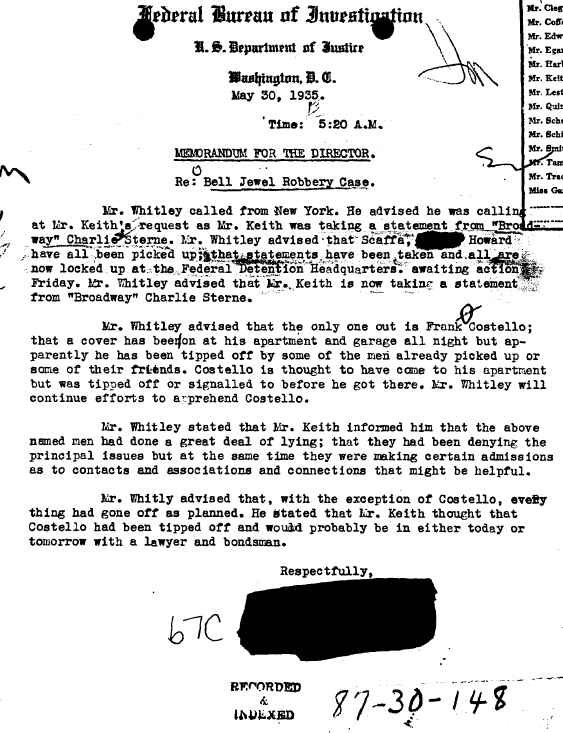
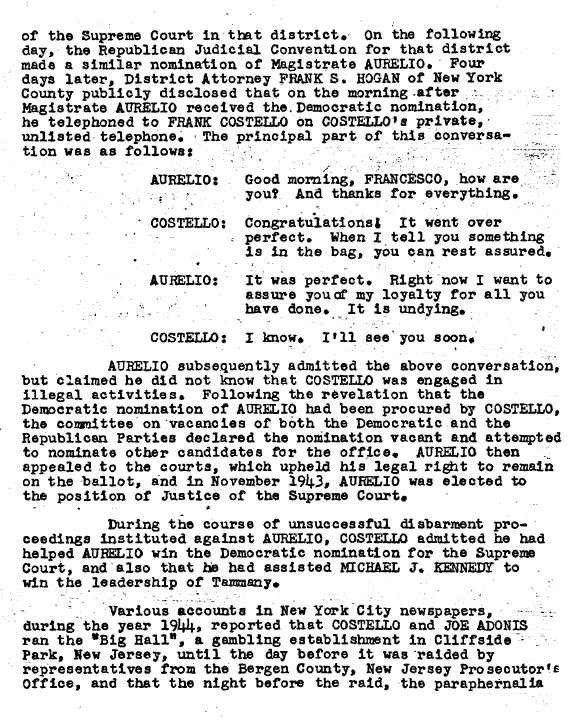
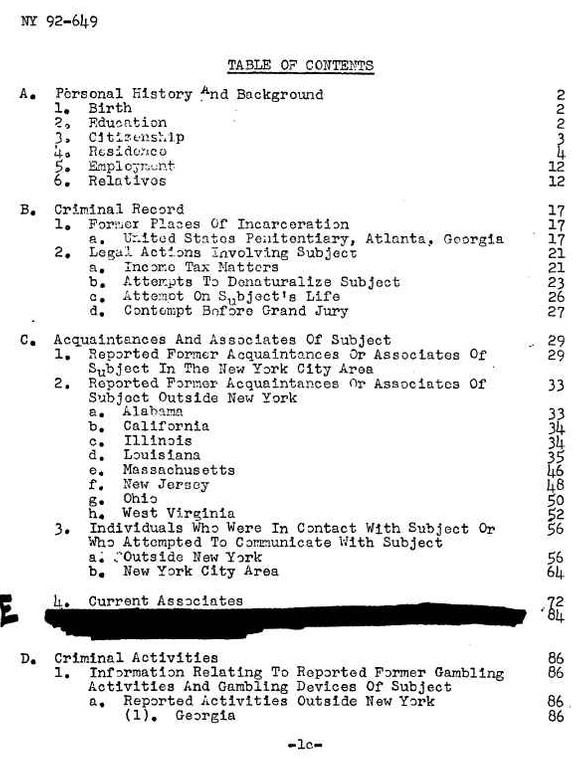
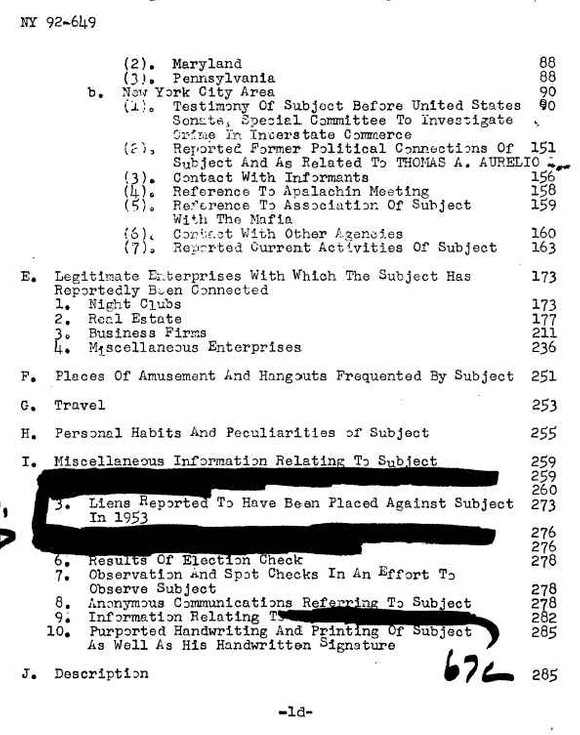
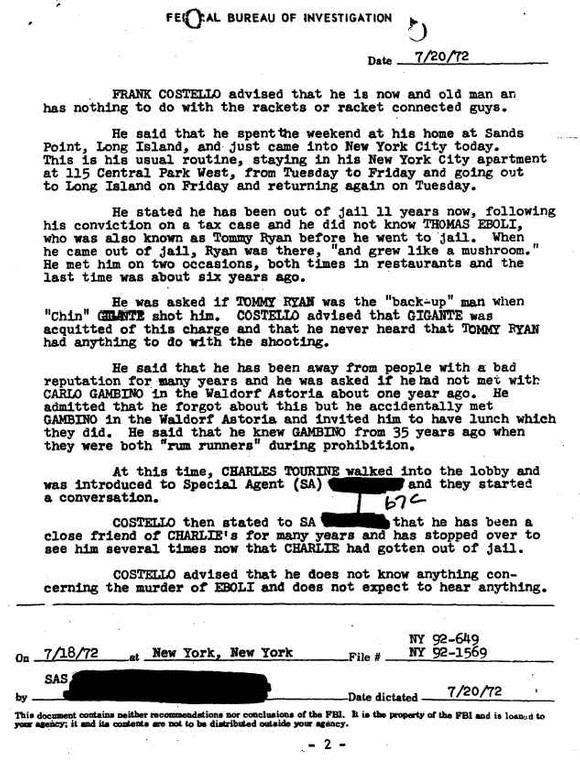
Related products
-

John F. Kennedy Assassination Dallas Police Department Files
$19.50 Add to Cart -
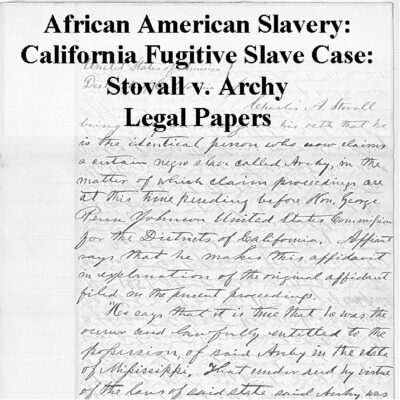
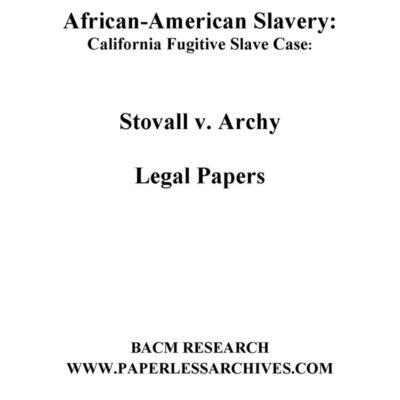
Legal Papers from the California Fugitive Slave Case: Stovall v. Archy
$4.99 Add to Cart -
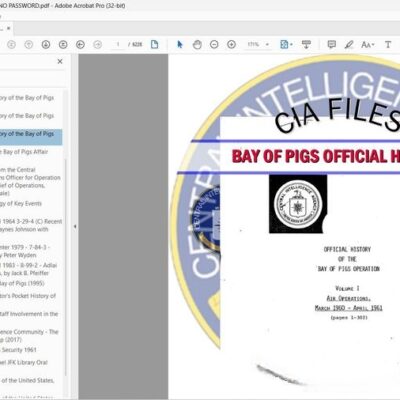
Bay of Pigs CIA Official History of the Bay of Pigs Operation
$19.50 Add to Cart -
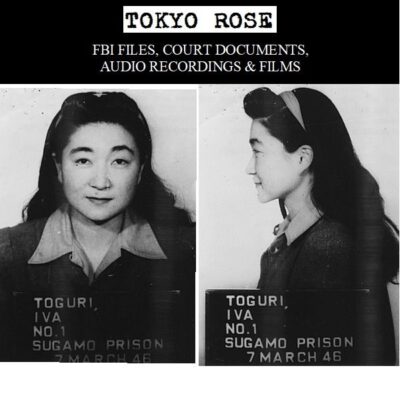
Tokyo Rose FBI Files, Court Documents, Audio Recordings & Films
$0.00 Add to Cart